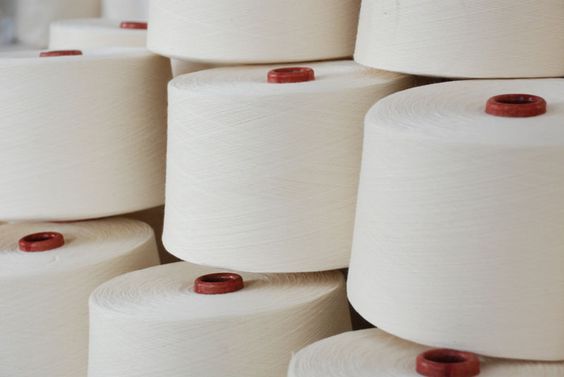 In a world that prefers synthetic rather than natural materials due to lower pricing and easy availability in just about anything in daily living, man-made fibres are doing well in the textile industry. Market analysts say the global synthetic fibre market was valued at $62.65 billion in 2021 and is expected to reach $89.09 billion by 2029, registering a CAGR of 4.50 per cent during the forecast period of 2022-2029.
In a world that prefers synthetic rather than natural materials due to lower pricing and easy availability in just about anything in daily living, man-made fibres are doing well in the textile industry. Market analysts say the global synthetic fibre market was valued at $62.65 billion in 2021 and is expected to reach $89.09 billion by 2029, registering a CAGR of 4.50 per cent during the forecast period of 2022-2029.
Synthetic fibres are secured from polymers and are also called man-made fibres. They usually exhibit essential features such as strength, elasticity, lightweight, washability, softness, and cost efficiency and specific features such as wrinkle resistance, and crease recovery and are moisture resilient. The synthetic fibre market is segmented based on type and application and polyester is the most popular in making garments as it is durable and stretchable.
Polyester the most popular man-made fibre
![]() The Global Synthetic Fibers Market research report by Pune-based Data Bridge Market Research has pointed out synthetic fibres are being utilized in weaving fabrics, narrow fabrics and felt, and finishing and fabricating fabric products which are used in manufacturing home furnishings products and apparel.
The Global Synthetic Fibers Market research report by Pune-based Data Bridge Market Research has pointed out synthetic fibres are being utilized in weaving fabrics, narrow fabrics and felt, and finishing and fabricating fabric products which are used in manufacturing home furnishings products and apparel.
Polyester is the most popular as it has durability and versatility. Analysts felt the increase in disposable income that has helped the garment industry to thrive, particularly in the growth-centric nations is one of the major factors driving growth of synthetic fibre market. The increase in social media usage across all age groups and rural and urban areas as well as the growing acceptance of e-commerce, influencers, and the social media business has accelerated the market growth.
Along with this is increased use of textile fabric in several processes, such as knitting, crocheting and weaving among others to manufacture a versatile range of finished and semi-finished goods in segments like bedding, clothing, apparel, medical, and other accessories are all helping this expansion. Global consumption of polyester filament and staple fibre has been rising as compared to the use of pure cotton in the apparel industry mainly due to the price and durability factors.
The sales of home furnishings is set to increase even more from 2022 to 2029 with many more branded and unbranded players and retail stores entering this segment and expanding the market. Switching to man-made fibre will help apparel manufacturers get higher prices.
Thank you for your interest in the information of COTCO NEWS
